Honeysuckle Cultivation: [Cultivation, Irrigation, Care, Pests and Diseases]
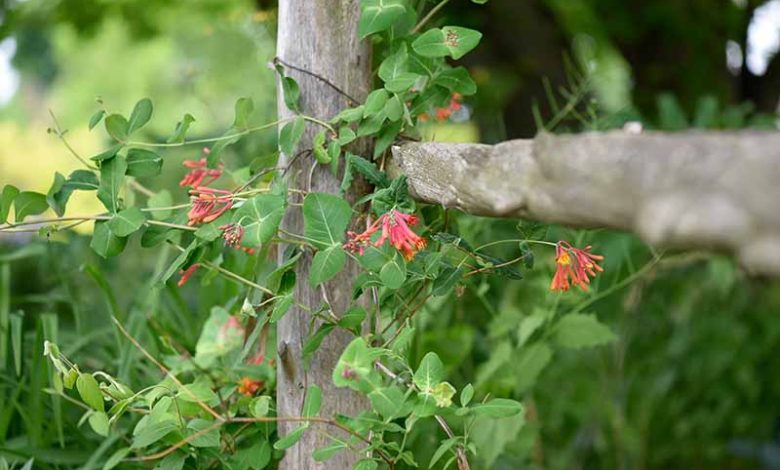
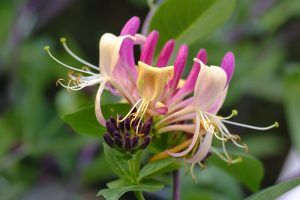 Honeysuckle is a species of plant that generates a very characteristic flowering, abundantly and that grows quickly.
Honeysuckle is a species of plant that generates a very characteristic flowering, abundantly and that grows quickly.
The flowers also emit a perfume that is delicious and that is accentuated as the sun goes down in the afternoon.
It accommodates in air spaces because it is a climber, so it is an excellent option to help with decorative themes when there are hot weather.When winter comes, it loses its leaves and only survives if temperatures do not drop too much.
It is a beautiful plant that is worth enjoying at home and for you to be successful, here we give you a complete guide of what you have to do to achieve it.
Important points when planting a honeysuckle
- When? in autumn.
- Where? In a ventilated space, with indirect sunlight.
- How do we prepare the land? Good drainage and ensuring rich soil.
- How should we water? By dripping, preferably with rainwater.
- How often do you have to water? 1 time per week almost all year except in summer, which increases up to 3 times.
- What care do you need? A place to climb, prune.
- What pests and diseases does it have? aphids. _
When to plant a honeysuckle?
Honeysuckle planting will thrive when planted in the fall. This season will allow you to obtain fresh seeds from the flowering that occurs between spring and summer.
If the method of cuttings or layers is going to be used, the stems will have the most suitable conditions.
Where to plant a honeysuckle?
]Honeysuckle needs to receive enough sunlight per day, but not get it directly.
How to prepare the land?
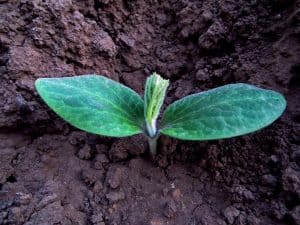 The most important thing for a honeysuckle is that the soil offers excellent drainage, because although it needs watering, it does not do well with excess moisture.
The most important thing for a honeysuckle is that the soil offers excellent drainage, because although it needs watering, it does not do well with excess moisture.
Another important fact is that it has a positive nutritional amount. If you do not have it, it will be necessary to help in this matter with some organic fertilizer.
How do we water honeysuckle?
Irrigation will be more favorable if it is done by drip, allowing the water to penetrate to the base of the plant so that the roots absorb it better.
On the other hand, rainwater is the one that brings the most benefits. Use it preferably if you have it available.
How often do we water the honeysuckle?
Watering should be established once a week and it will be more than enough since it is not very friendly to high humidity in the soil. In summer, when temperatures are much higher, it may be necessary to increase the frequency of watering up to 3 times a week.
How to plant a honeysuckle step by step?
Honeysuckle can be reproduced by means of seeds or cuttings . The layering method is also common, but we will refer only to the first two.
Sow for seeds
The planting by seeds will start from the collection of the same from the fruit that the honeysuckle produces.
- Select the fruits with the best conditions and peel them to extract the seeds . Here it is essential to use gloves because honeysuckle has some elements that can be toxic to health.
- Hydrate the seeds by submerging them in a glass of water for a whole day . This, in addition to facilitating germination, will also be key to defining which ones will be suitable for sowing.
- Prepare a pot of regular size and fill it with universal substrate.
- Bury the seeds that you have selected in point two and ensure that they are left with a light layer of substrate on top.
- Water with enough water so that the entire substrate is moistened and maintain these conditions by repeating the watering process approximately 2 times a week.
- Locate the pot in a ventilated space where it receives indirect sunlight.
- When the seedling has the appropriate conditions for transplanting, it will be necessary to wait until mid-spring, more or less, to carry out this procedure.
Cuttings are a good option in many species because they reduce all the waiting time of the process and are more sure to thrive.
- Take a honeysuckle plant that is in perfect condition and cut a piece of the branch that has a semi-woody structure (that is, green parts are still visible). The length should be between 30 and 40 centimeters.
- Clean the leaf cutting (if any) leaving just a couple on top to help it transpire. It is very important that no leaves remain in the area that will be buried to avoid rotting.
- Prepare some rooting hormones and place the base of the cutting to help you in the task of producing new roots.
- In a pot filled with universal substrate, bury a branch of another plant or a pencil to open a hole that will be where you will place the cutting. This is done so as not to put too much pressure on the cutting and affect it.
- Water sparingly and repeat the process 2 times a week so that the substrate is always well moistened.
What care does the honeysuckle need?
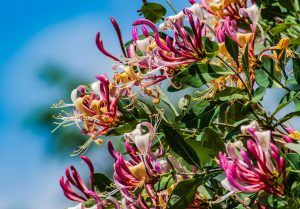 Being a climbing plant, it will need to have a structure through which it can entangle itself and grow properly.
Being a climbing plant, it will need to have a structure through which it can entangle itself and grow properly.
Pruning is recommended to improve plant structure when growth is somewhat disorderly.This action becomes fundamental in the case of wilted, dry leaves or the presence of diseases.
What pests and diseases affect honeysuckle?
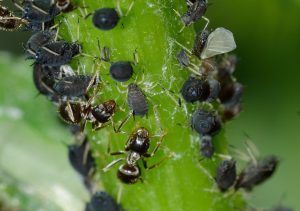 Diseases in honeysuckle are very rare, but in the case of pests, aphids are a matter of great concern .
Diseases in honeysuckle are very rare, but in the case of pests, aphids are a matter of great concern .
The time they choose to attack is summer because the environmental conditions are ideal for this to happen.There are many home treatments that can be used to combat them, such as neem oil.
The honeysuckle is a striking plant, more or less easy to maintain and with many potentialities.Many medicinal properties are attributed to its flowers and it has a positive impact on the issue of falling asleep.
Taking care of it according to the recommendations described in this article, you will be able to enjoy a great specimen and its blooms every year.
verticillium wilt
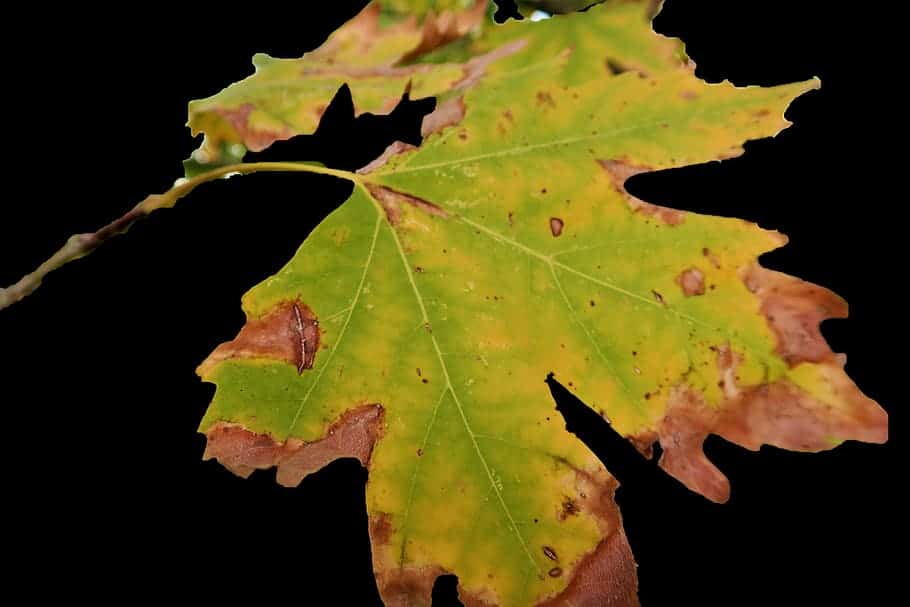 Verticillium or Verticillium wilt is a common soil fungus that thrives in temperate climates around the world and can be present in the soil for decades.
Verticillium or Verticillium wilt is a common soil fungus that thrives in temperate climates around the world and can be present in the soil for decades.
Verticillium wilt overwinters in the soil as dormant mycelium or tiny dormant black structures called microsclerotia, waiting for favorable conditions to return.
They enter damaged plant tissue through the roots and multiply. Many common weeds, such as dandelions and weeds, can be Verticillium host species.
Verticillium wilt is a disease that affects more than 350 species of eudicolous plants. It is caused by six species of Verticillium fungi: Verticillium dahliae, Verticillium albo-atrum, Verticillium longisporum, Verticillium nubilum, Verticillium theobromae, and Verticillium tricorpus.
Many plants with significant economic weight are susceptible, such as cotton, tomatoes, potatoes, oilseed rape, aubergines, peppers, and ornamental plants, as well as others in natural vegetation communities.
Many species and cultivars of eudicots are resistant to the disease, and all monocots, gymnosperms, and ferns are immune. To know more: Verticillium wilt in the Orchard: What is it? How do we identify it?


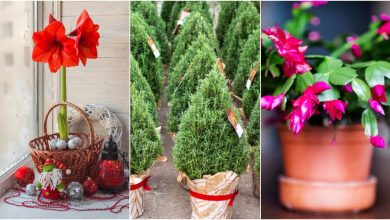

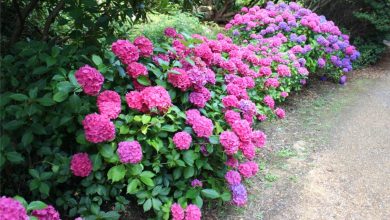
![Photo of How to Grow and Care for Your Phalaenopsis Orchid: [Complete Guide]](https://www.complete-gardening.com/wp-content/uploads/2022/08/how-to-grow-and-care-for-your-phalaenopsis-orchid-complete-guide-313x220.jpg)